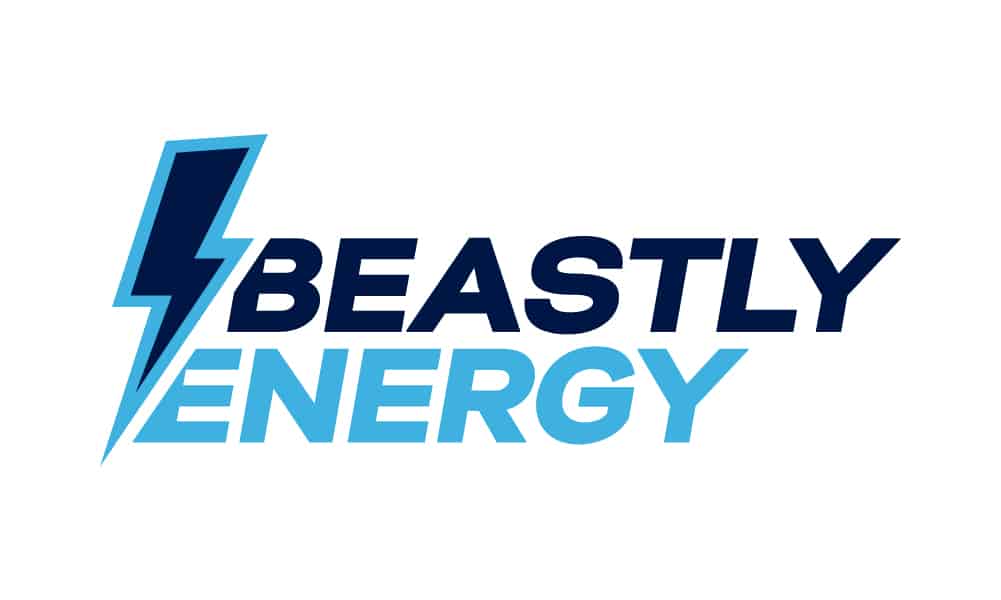The caffeine boom is a lot of things to a lot of people. For the coffee drinkers, it’s a ton of lines to stand in. But for us energy drink enthusiasts, it’s the start of trying out new brands.
Sneak is a new brand that came out in 2018. Since then, it’s marketed itself as being a cool and funky brand that gives clean energy. Put that together with the colorful designs on the tub, and Sneak becomes something anyone would want to try at least once.
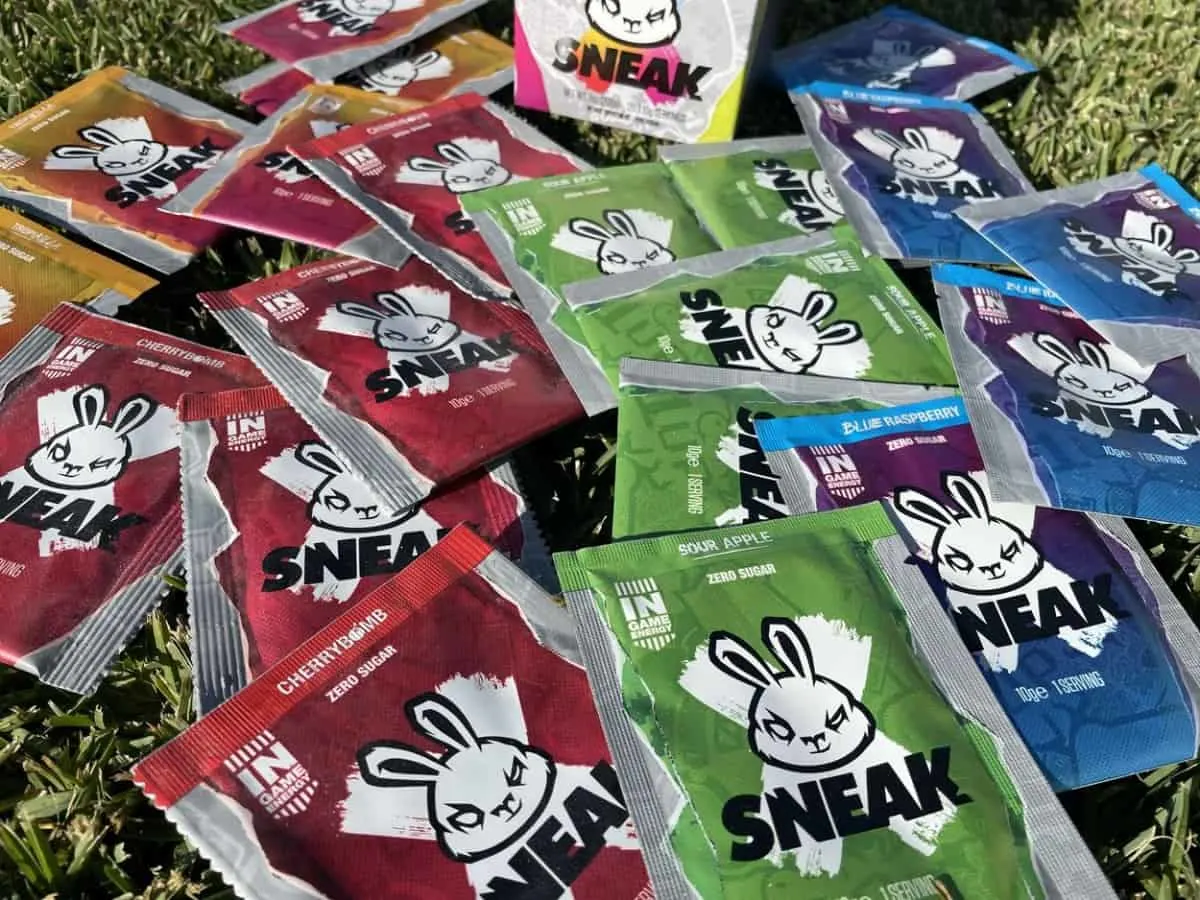
Sneak energy claims to have a “clean and focused energy” formula that can help many drinkers as they go through their day.
But are there any drawbacks to Sneak like there are with other energy drink products?
Sneak is an energy drink with 150mg of caffeine. Sneak also has several substances that are either food additives tha are also used in dietary supplements.
There are far more interesting things about Sneak than its packaging. Let’s know more about its contents and effects in this article.
Contents
Sneak Energy Nutrition Facts
First up, let’s take a look at the nutrition facts of Sneak Energy.
| Sneak Energy | Typical Values per Standard Serving (7g) |
| Energy | 12 calories |
| Fat (Of which Saturated) | 0g (0g) |
| Carbohydrate (Of which Sugars) | 3g (0.5g) |
| Caffeine | 150mg |
| L-Tyrosine | 1500mg |
| L-Theanine | 100mg |
| Choline Bitartrate | 100mg |
| Riboflavin (Vitamin B2) | 120mcg |
| Pantothenic Acid (Vitamin B5) | 750mcg |
| Biotin (Vitamin B7) | 35.7mcg |
| Magnesium | 51mg |
| Potassium | 145mg |
| Taurine | 1205mg |
| Vitamin C | 82.5mg |
| Niacin (Vitamin B3) | 2.4mg |
| Pyridoxine (Vitamin B6) | 210mcg |
| Thiamin (Vitamin B1) | 16.5mcg |
| Folic Acid | 30mcg |
| Cobalamin (Vitamin B12) | 0.6mcg |
Sneak Ingredients List
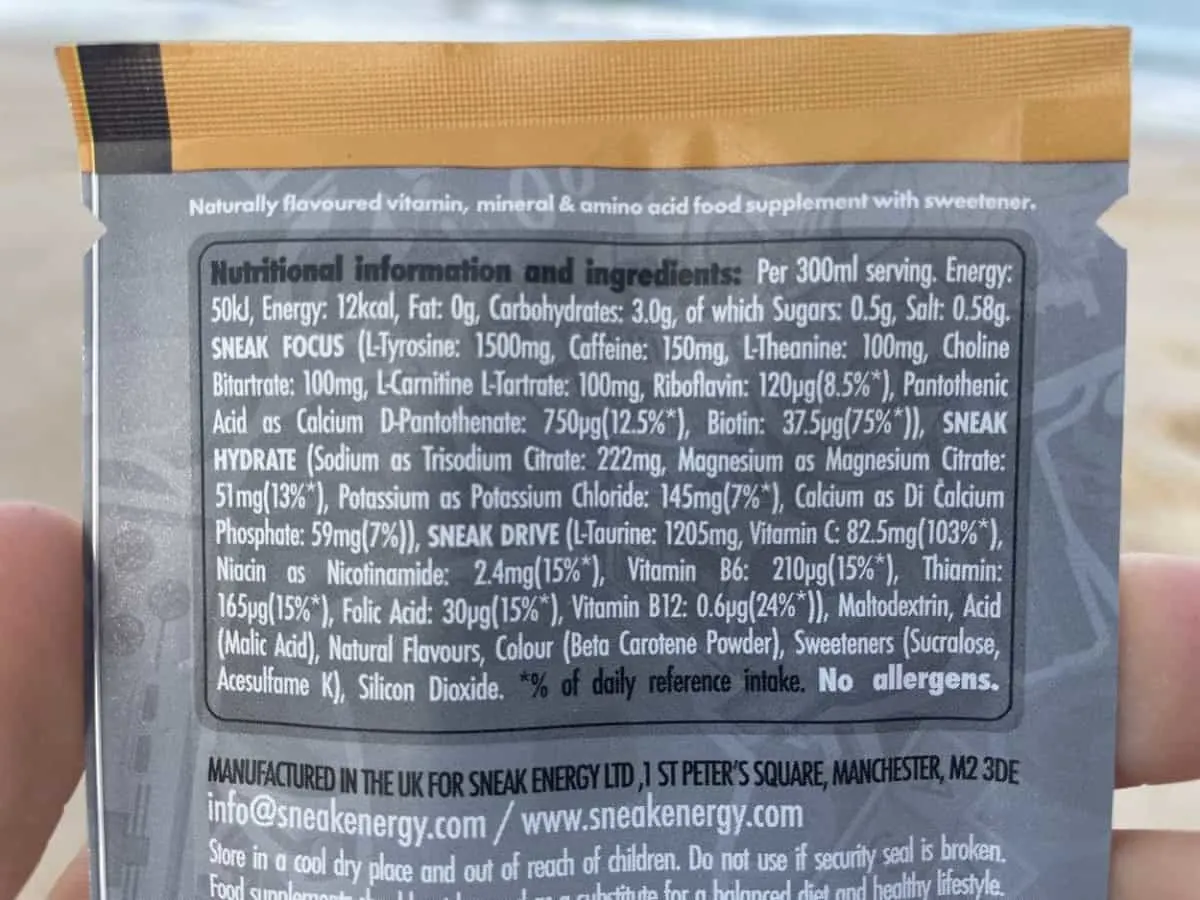
Here’s what you can find in a single serving of Sneak:
- L-Tyrosine
- L-Taurine
- Alpha GPC
- Caffeine anhydrous
- Carnitine
- Maltodextrin
- Malic acid
- Natural Flavors
- Sucralose
- Acesulfame Potassium
- Spirulina Powder (food coloring)
- Silicon Dioxide
To learn more about what Sneak has to offer, let’s dive into some of the ingredients that promise a “clean and focused” formula.
- Caffeine
- Taurine
- Tyrosine
- Carnitine
- Maltodextrin
- Artificial Sweeteners (Sucralose and Ace-K)
- Alpha GPC
- Malic Acid
- Silicone Dioxide
How Much Caffeine Is In Sneak Energy?
Sneak has 150mg of caffeine in its formula. What exactly does that mean for you?
150mg is nearly half of what a healthy adult can consume in a day, according to the experts. The recommended caffeine limit for healthy adults is 400mg a day.
Any more than that will put you at risk of experiencing the side effects of caffeine. In the worst-case scenario, you can end up overdosing on caffeine.
However, the kind of caffeine you find in energy drinks like Sneak is Caffeine Anhydrous. This is a kind of powder with concentrated caffeine. How much exactly? One teaspoon of anhydrous has enough caffeine for several cups of coffee.
Caffeine’s Half-Life
A stimulant is a kind of drug that promotes alertness and speeds up your body’s processes and reactions. The opposite of a stimulant is a depressant, which slows the body down and makes the drinker feel more relaxed.
Normally, caffeine works very quickly after being consumed and can be effected within 15-30 minutes. What most people don’t know is that caffeine has a half-life. This refers to the period at which the amount in your bloodstream is only half of what it was at its peak.
For caffeine, this is usually reached 3-5 hours after consumption depending on your caffeine tolerance. From there, it slowly decreases until it’s out of your system. This is one of the reasons why too much caffeine can deprive you of sleep.
Sneak and other energy drinks having lots of caffeine isn’t bad on its own. But, you need to be careful with your consumption if you don’t want it to affect your well-being.
Does Sneak Energy Use Artificial Sweeteners?
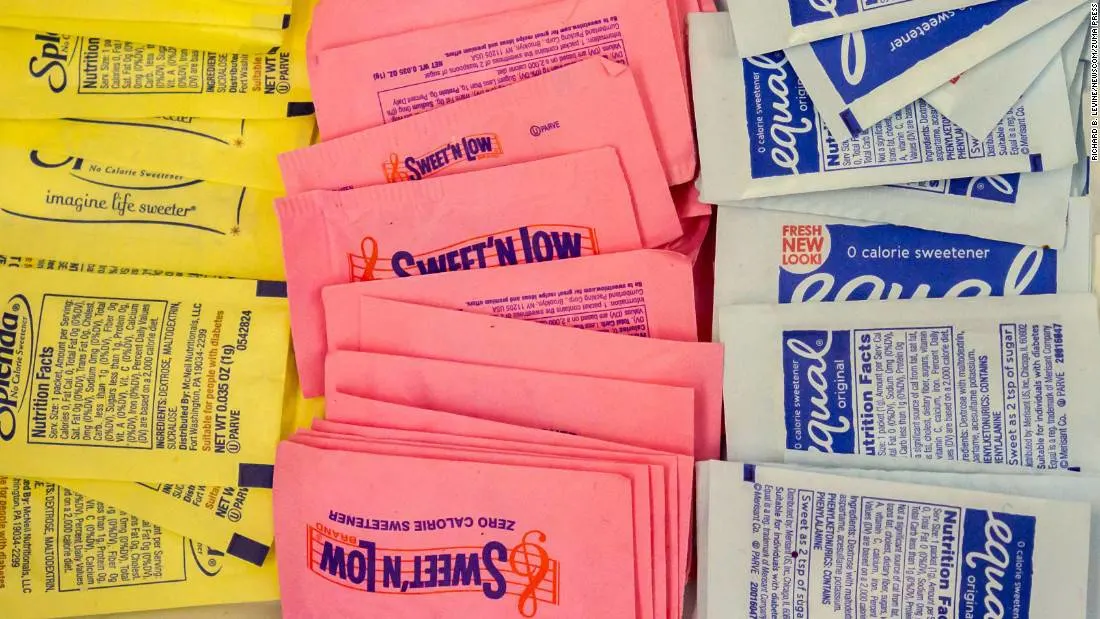
The artificial sweeteners used in Sneak Energy are Sucralose and Acesulfame Potassium.
Artificial sweeteners are a kind of sugar substitute. Companies and home cooks alike often use them to replace sugar in recipes for varying reasons. Sometimes, it’s to make a product more appealing to those who want to either cut down on sugar or avoid it entirely for health reasons.
In some cases, it’s used to reduce the caloric content of the food it’s used on. This is because most artificial sweeteners on the market are calorie-free, meaning they contribute less than 5 calories overall.
Sucralose
Sucralose is an artificial sweetener that’s 600 times sweeter than sugar. Under the name “Splenda”, it’s the most commonly used artificial sweetener and is used on thousands of products worldwide.
It’s made through a process wherein three hydrogen-oxygen groups are replaced with chlorine atoms. This gives Sucralose a chemical structure that prevents it from being absorbed by the body during digestion. Instead, it gets excreted from your system via urine.
Despite having its fair share of controversies, Sucralose is considered safe by the FDA. There are hundreds of studies from many years of research to back it up.
Acesulfame Potassium
Acesulfame Potassium (Ace-K) is another common artificial sweetener. It’s 200 times sweeter than sugar and is used in thousands of products in the United States.
Ace-K is manufactured by combining Acetoacetic acid with Potassium in a lab. The result of that process is a crystalline, white powder that can be used to flavor food.
However, the thing that makes Ace-K unique isn’t how sweet it is. If anything, it’s known for having a bitter aftertaste. Because of this, Ace-K is usually mixed with other artificial sweeteners like Sucralose when used in food or drink.
Other Ingredients
Taurine
Taurine is an amino acid that the body can produce.
To be specific, Taurine is an amino sulfonic acid that’s concentrated in the human eyes, heart, brain, and muscles. Outside of energy drinks and supplements, it can be found in meat, fish, and seafood. However, Taurine isn’t used to build proteins like most amino acids are. It assists in other functions instead such as:
- Maintaining hydration in cells
- Supporting immune system function
- Maintaining electrolyte count in cells
- Regulating calcium on a cellular level
- Regulating antioxidant functions
Thanks to its benefits, Taurine is associated with better heart health, better athletic performance, and a healthier immune system.
Tyrosine
Tyrosine is an amino acid that can be produced in the body from another amino acid, phenylalanine. It’s associated with increased focus, attention, and alertness.
When it’s not taken as a supplement, Tyrosine can be found in foods like cheese, high-protein foods, and fish.
As mentioned, most of Tyrosine’s functions are tied to mental health and cognitive function. It affects these by helping the body produce important neurotransmitters that help with your daily functioning.
| Neurotransmitter | Function |
| Adrenaline | Prepares the body for fight-or-flight responses in times of stress. |
| Noradrenaline | Prepares the body for fight-or-flight responses in times of stress. |
| Thyroid hormones | Regulate metabolism. Produced in the thyroid |
| Dopamine | Involved in memory and motor skills. Regulates pleasure center of the brain |
In addition to those, tyrosine also produces the melanin pigment that determines your skin color.
Carnitine
Like Taurine and Tyrosine, L-carnitine (levocarnitine) is an amino acid that can be both produced naturally by the body and found in supplements.
Besides the help it gives to cognitive functions, L-carnitine is important to energy production. It assists metabolism by helping with the breakdown of fat that can be used as fuel for your activities.
L-Carnitine can give your body tons of benefits including:
- Better heart health
- Reduced fatigue and weakness in cancer patients
- More energy
- Waste removal
However, that doesn’t mean you can’t have too much of it. Even though excess L-carnitine can be disposed of when digested. Plus, there are side effects to having too much of it in a single serving.
The side effects of having too much L-carnitine are:
- Stomach cramps
- Nausea
- Vomiting
- Diarrhea
Maltodextrin
Maltodextrin is used both as a preservative in packaged foods and a carbohydrate supplement by athletes.
It appears as a white, starchy powder that can be used to improve a food product’s flavor and thickness in addition to its shelf life. It can also be used as an artificial sweetener. It can be made from any starchy food. Usually, the manufacturing process uses wheat or corn.
Still, it’s safe to consume for people with Celiac disease or any other condition that would warrant taking up a gluten-free diet. This is because the processing removes all gluten content from Maltodextrin.
As for how it can affect your health, Maltodextrin has no nutritional value. But since it’s easy to digest and can quickly provide energy, food manufacturers often use it in sports drinks among other things.
Although there are concerns about how Maltodextrin can affect one’s health, it’s considered safe by the FDA. There’s nothing wrong with Maltodextrin itself, but consuming too much food with it will lead to the problems you can expect from eating a lot of processed food.
Alpha GPC
Alpha GPC is a supplement that works by increasing how much of the acetylcholine neurotransmitter is in your system.
Acetylcholine is important to memory and learning. In fact, the neurons that produce it are among the first cells lost when an individual contracts Alzheimer’s disease.
In theory, taking Alpha GPC is to help make up for that. However, there are very few studies to back up the claim that it works on healthy people too right now. Outside of energy drinks, Alpha GPC can be purchased in vitamin stores as a dietary supplement.
Malic Acid

Malic acid is a substance normally found in fruits.
Apples and pears are examples of foods that naturally have Malic acid. As a food additive, it’s used to enhance flavor and to give drinks a ‘tarty’ flavor. It’s also produced naturally by the human body when energy is converted.
Malic acid is also versatile enough to be used in cosmetics as a means of adjusting acidity. It also has use in metal cleaning, textile finishing, water treatment, fabric dying, and as a monomer.
Health benefits associated with Malic acid include better skin, a cure for dry mouth, and lowered risk of developing kidney stones.
Silicon Dioxide
Like the name implies, Silicon Dioxide is a natural chemical that comes from a combination of silicon and oxygen.
It has many uses in other fields, but as a food additive it functions as an anti-caking agent. That means it functions as an anti-caking agent in Sneak Energy to make sure the powder doesn’t clump together.
Why use an anti-caking agent? Preventing the particles from clumping together can improve a product’s shelf life and protect it from the effects of moisture. This also makes it so the powder flows out smoothly when you do decide to make use of the powder inside.
B-Vitamins
There are seven B vitamins found in a single serving of Sneak Energy namely Riboflavin, Niacin, Pantothenic Acid, Pyridoxine, Biotin, and Cobalamin. These vitamins aid in the release of energy from fat and carbohydrates, the breakdown of amino acids, and the transport of oxygen and energy-containing nutrients throughout the body.
Is Sneak Energy Better Than G Fuel?
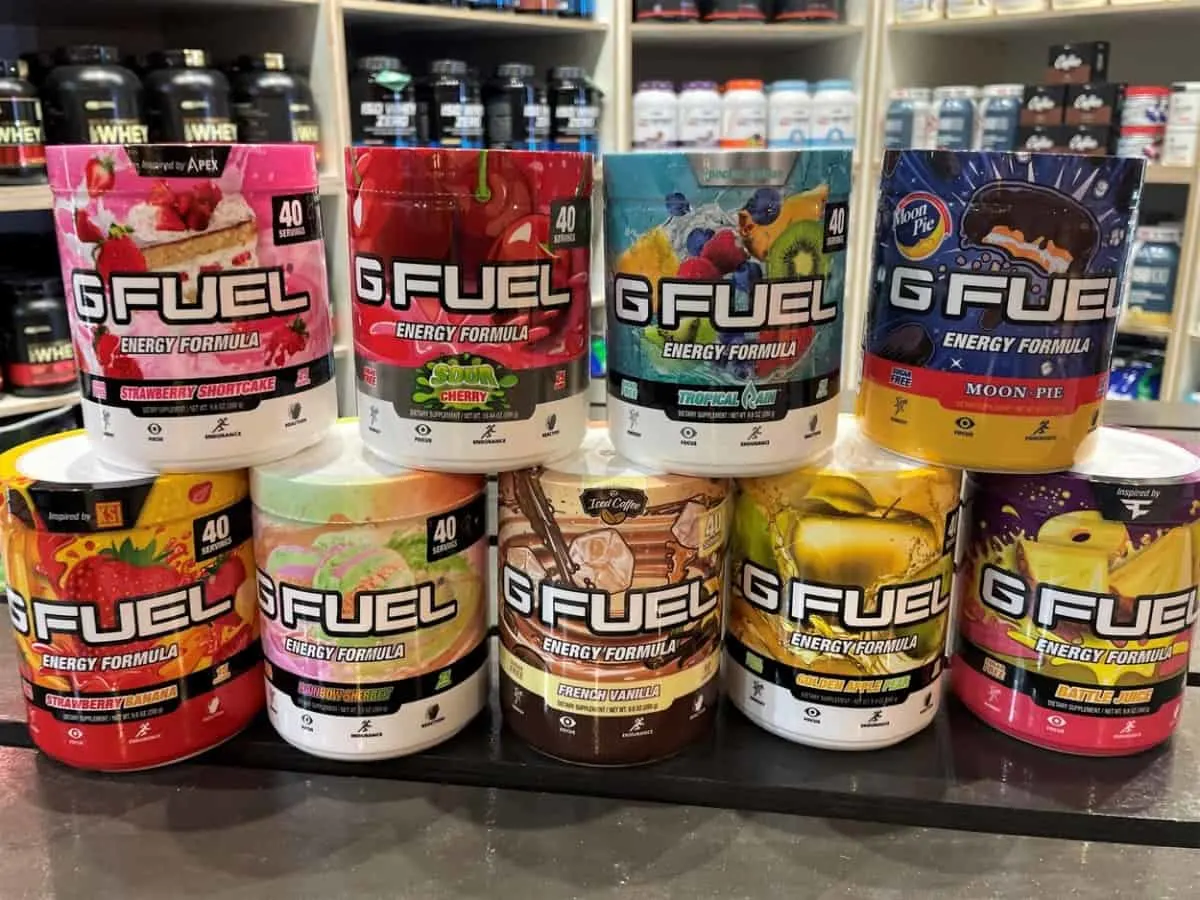
| Per Serving | G Fuel Powder (7g) | Sneak Energy (10g) |
| Calories | 10 calories | 12 calories |
| Caffeine | 150mg | 150mg |
| Sugar | 0g | 0.5g |
Both Sneak and G Fuel offer powder formulas that come in many flavors. However different in branding and packaging, they promote positive effects for gamers and athletes to enhance their minds and bodies.
If you’re looking to try out various flavors every day, you might want to go with G Fuel. Choose Sneak if you want some amazing merch to wear while streaming, and don’t mind paying a bit more per serving to try the flavors.
If you want to know more about G Fuel, have a look at my G Fuel Review article, or a more in-depth guide on the energy drink.
Is Sneak Energy Healthy?
Sneak claims to have a clean energy formula that boosts your performance. It’s loaded with amino acids, vitamins, and minerals, although your mileage may vary regarding the ‘healthiness’ of the drink.
As with any energy drink, it’s not exactly the heatlhiest beverage you can put in your body (that definitely goes to water), but it is definitely healthier than the sugary canned energy drinks that you can get off the shelf.
However, those suffering from medical conditions, are pregnant/breastfeeding, or are underage, are advised to stay away from energy drinks like Sneak given its caffeine content per serving.
Sneak Energy Drink Alternatives
Considering that Sneak is only available in some countries, it can be expensive to ship it out to certain places. Luckily there are other alternatives you can also try out that are readily available in stores and online shops near you.
- G Fuel Powder
- Mountain Dew Kickstarter
- Red Bull
- Monster
- X Gamer Energy
Final Thoughts
Sneak Energy is an energy drink with 200mg of caffeine per serving and many other ingredients that are believed to improve one’s focus.
In my opinion, the emphasis on concentration and focus in Sneak’s formula means it could be good for gaming and late night studying. Maybe not the best for sports and the like, but still a very good option worth considering if that’s not a problem.
Whether or not it actually is good for gaming is a discussion for another day though.
If you’re curious about how Sneak fares as a product, here’s a good video you can reference.
There are several flavors you can try that can be bought per tub and sachet such as Blue Raspberry, Stealth, Cherry Bomb, Tropikilla.
